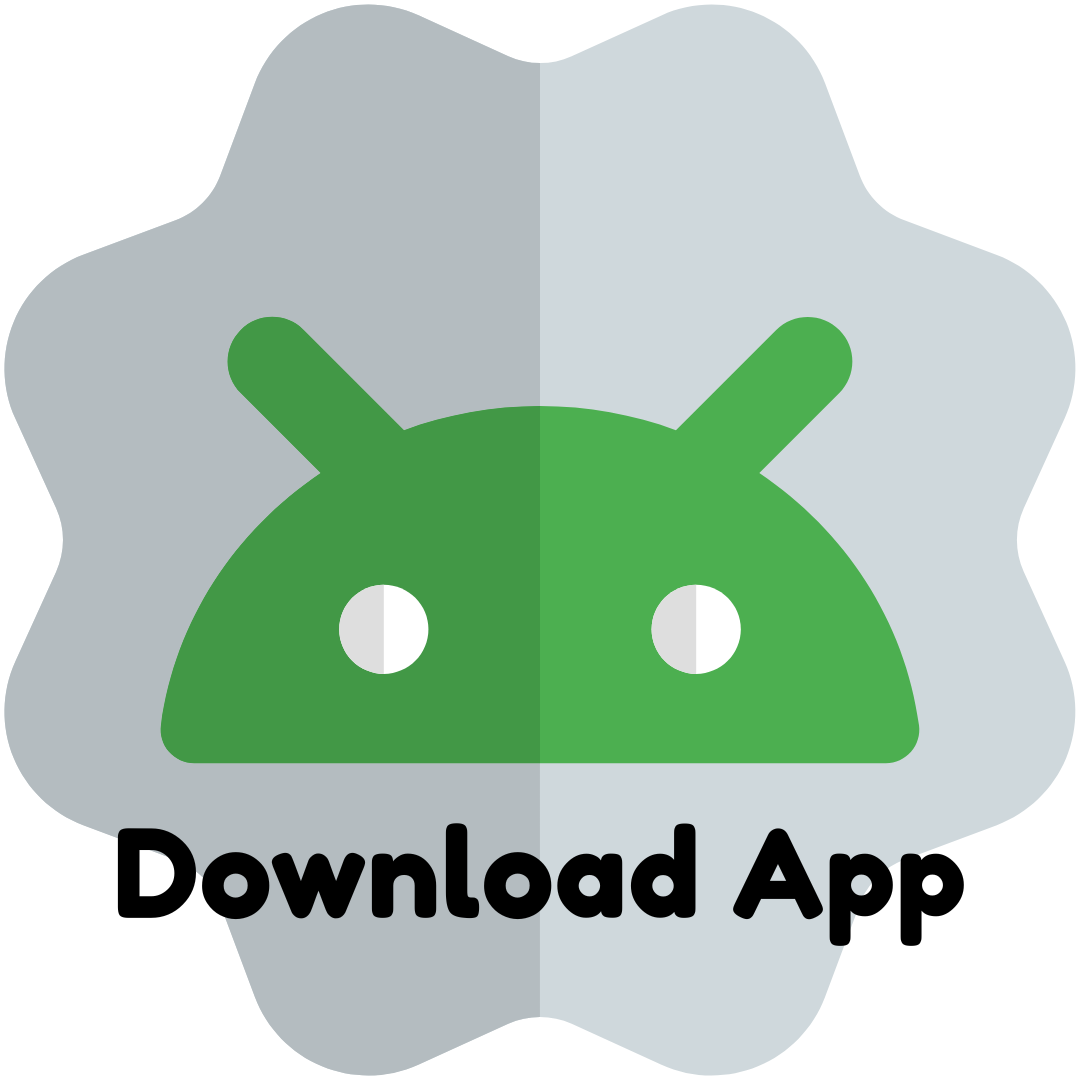Computer Speech Technology

Computer speech technology, often referred to as speech recognition or speech synthesis, encompasses a range of techniques and applications that enable computers to process and generate human speech. This technology has evolved significantly over the past few decades, driven by advances in artificial intelligence (AI), machine learning, and natural language processing (NLP). As a result, speech technology is now embedded in many everyday applications, from virtual assistants to automated customer service.
1. What is Speech Recognition?
Speech recognition technology allows computers to identify and process spoken language. It converts audio input into text, enabling various applications:
- Voice Assistants: Devices like Amazon Alexa, Google Assistant, and Apple's Siri rely on speech recognition to interpret user commands.
- Transcription Services: Tools like Otter.ai transcribe spoken words into written text, useful for meetings, lectures, and interviews.
- Accessibility Tools: Voice recognition aids individuals with disabilities, allowing them to interact with technology through speech.
The process typically involves several steps: capturing audio, converting it into a digital format, and using algorithms to match the audio patterns with known language models.
2. Speech Synthesis: Turning Text into Speech
Conversely, speech synthesis technology transforms written text into spoken words. This is achieved through:
- Text-to-Speech (TTS): TTS systems utilize algorithms to convert text into speech. They can be found in navigation systems, reading applications, and educational tools.
- Voice Cloning: Advanced techniques enable the creation of synthetic voices that closely mimic a specific person's voice, raising ethical questions about authenticity and consent.
Speech synthesis involves several components, including linguistic analysis (to understand the text), prosody generation (to determine the rhythm and intonation), and waveform generation (to produce the actual sound).
3. Applications of Speech Technology
The versatility of speech technology has led to its integration into numerous fields:
- Healthcare: Medical professionals use voice recognition for dictating notes, which streamlines documentation and reduces administrative burdens.
- Education: Interactive learning platforms employ speech technology to assist students, providing feedback and enhancing engagement.
- Telecommunications: Automated systems use speech technology for customer service, improving efficiency and accessibility.
4. Challenges in Speech Technology
Despite its advancements, computer speech technology faces several challenges:
- Accents and Dialects: Variability in pronunciation can hinder accuracy, particularly in diverse populations.
- Background Noise: Ambient sounds can interfere with recognition accuracy, making it difficult for systems to distinguish speech.
- Context Understanding: Nuances in language, such as idioms or sarcasm, remain challenging for AI models, often leading to misinterpretation.
5. The Future of Speech Technology
The future of computer speech technology looks promising, with ongoing research focused on enhancing accuracy, understanding context, and creating more natural-sounding voices. Innovations in deep learning and neural networks are paving the way for more sophisticated systems that can better mimic human conversation and respond to emotional cues.
Furthermore, ethical considerations will play a crucial role in shaping the future landscape. As speech technology becomes more integrated into daily life, issues surrounding privacy, data security, and the potential for misuse must be addressed.
Conclusion
Computer speech technology represents a significant leap forward in human-computer interaction. As it continues to evolve, its applications will broaden, making technology more accessible and intuitive. The blend of speech recognition and synthesis holds great promise, transforming how we communicate with machines and each other in an increasingly digital world.
- Arts
- Business
- Computers
- Jeux
- Health
- Domicile
- Kids and Teens
- Argent
- News
- Recreation
- Reference
- Regional
- Science
- Shopping
- Society
- Sports
- Бизнес
- Деньги
- Дом
- Досуг
- Здоровье
- Игры
- Искусство
- Источники информации
- Компьютеры
- Наука
- Новости и СМИ
- Общество
- Покупки
- Спорт
- Страны и регионы
- World


